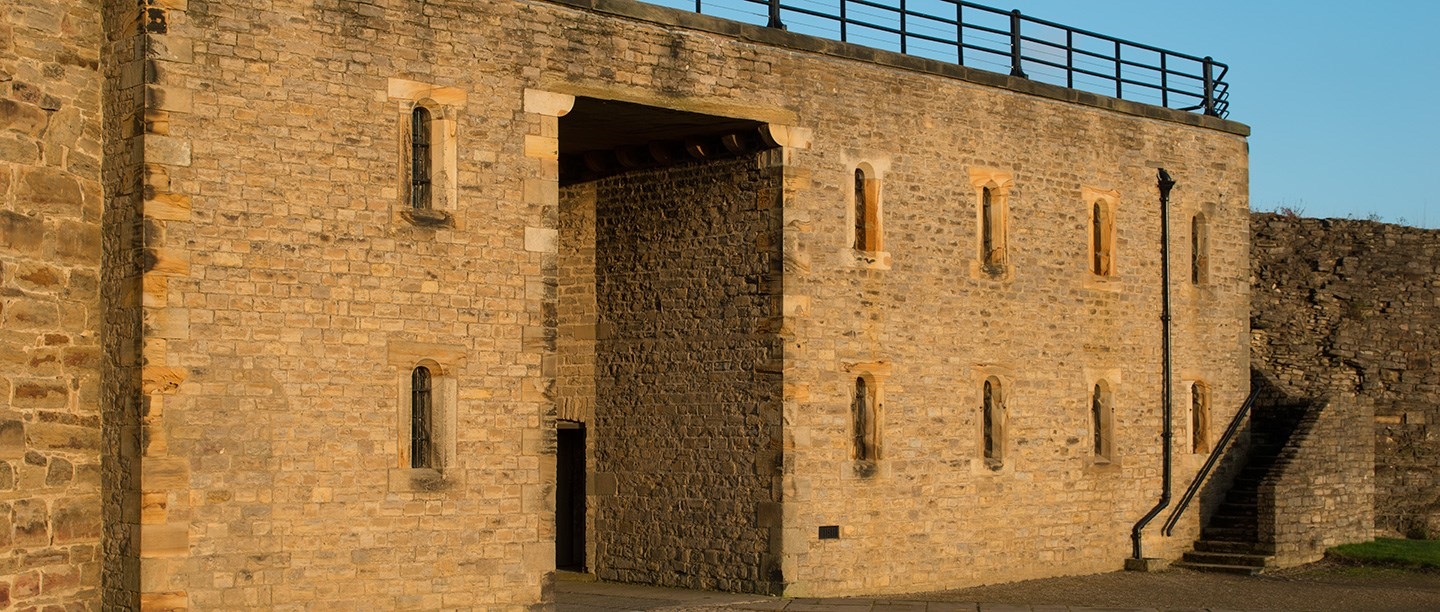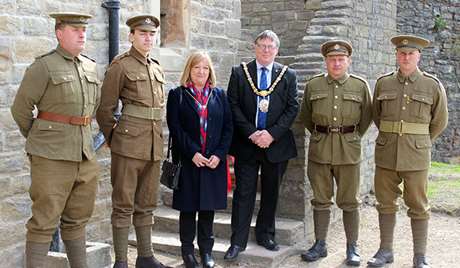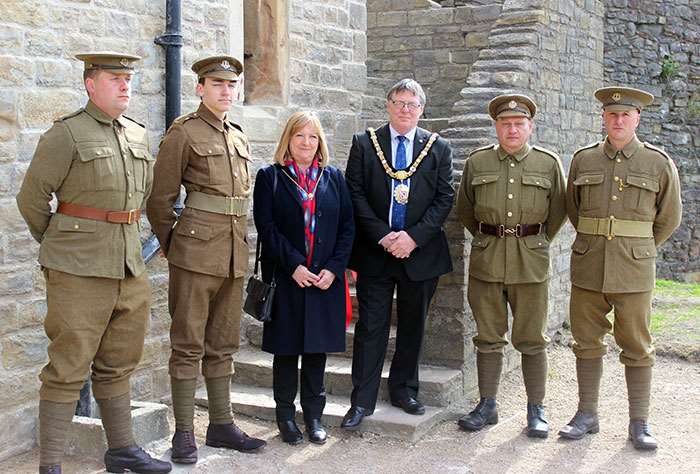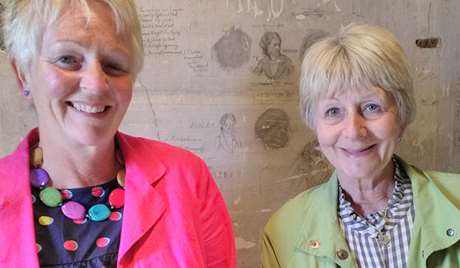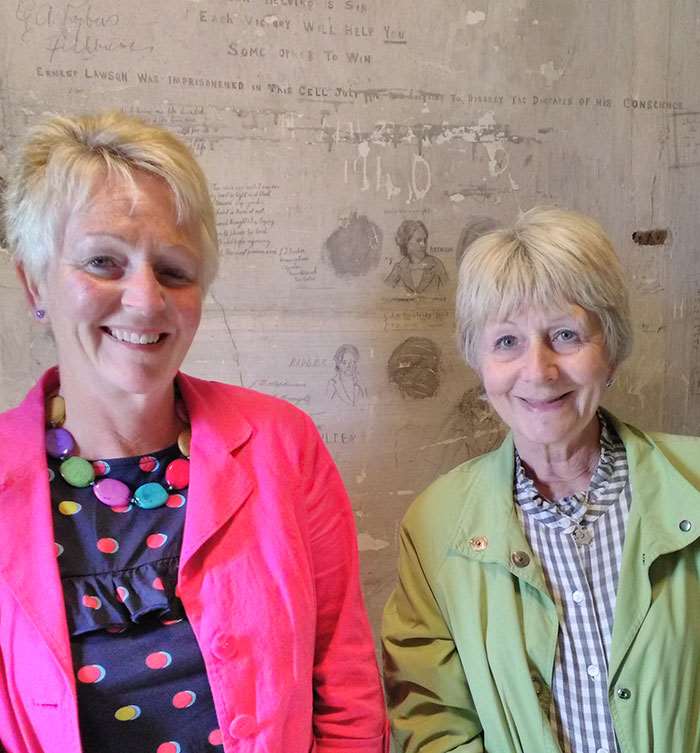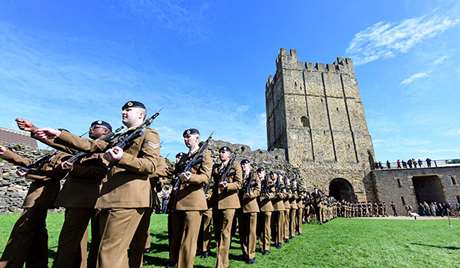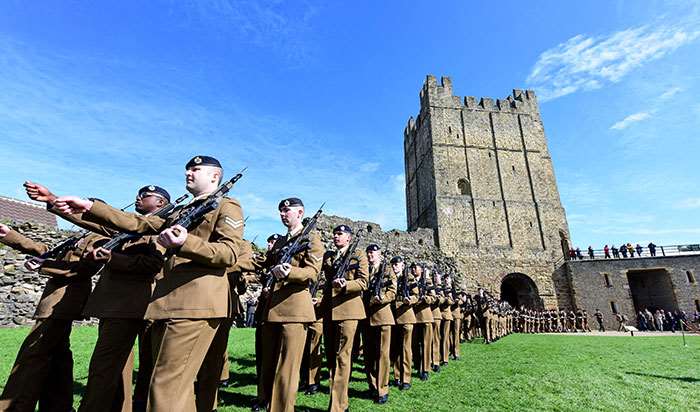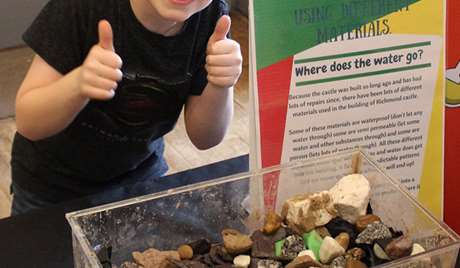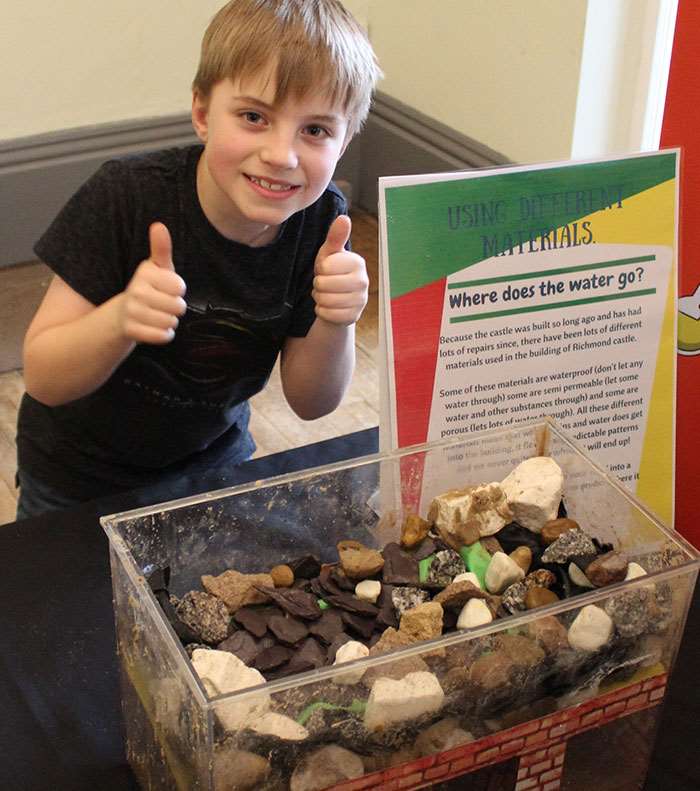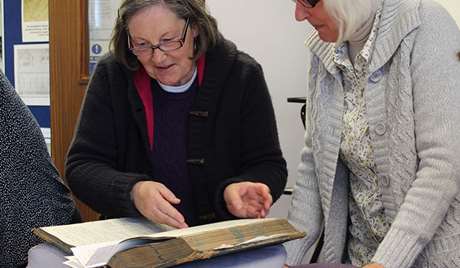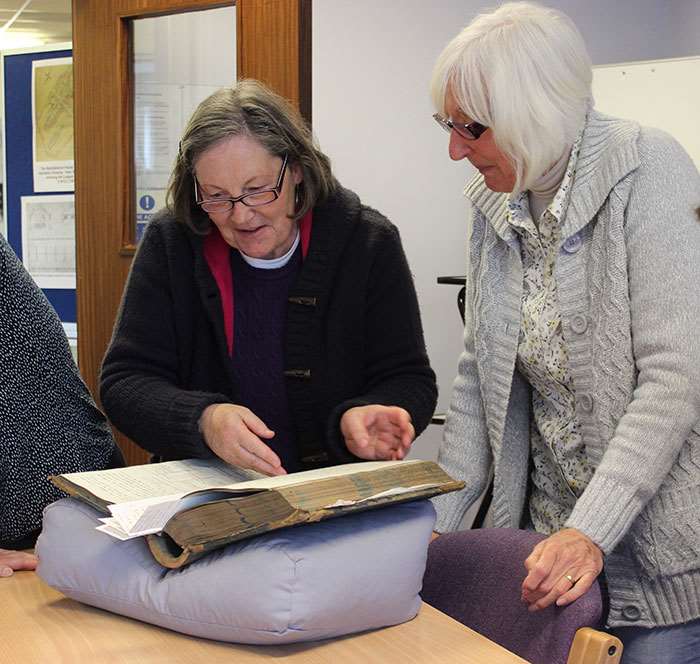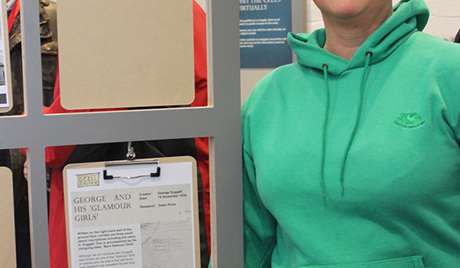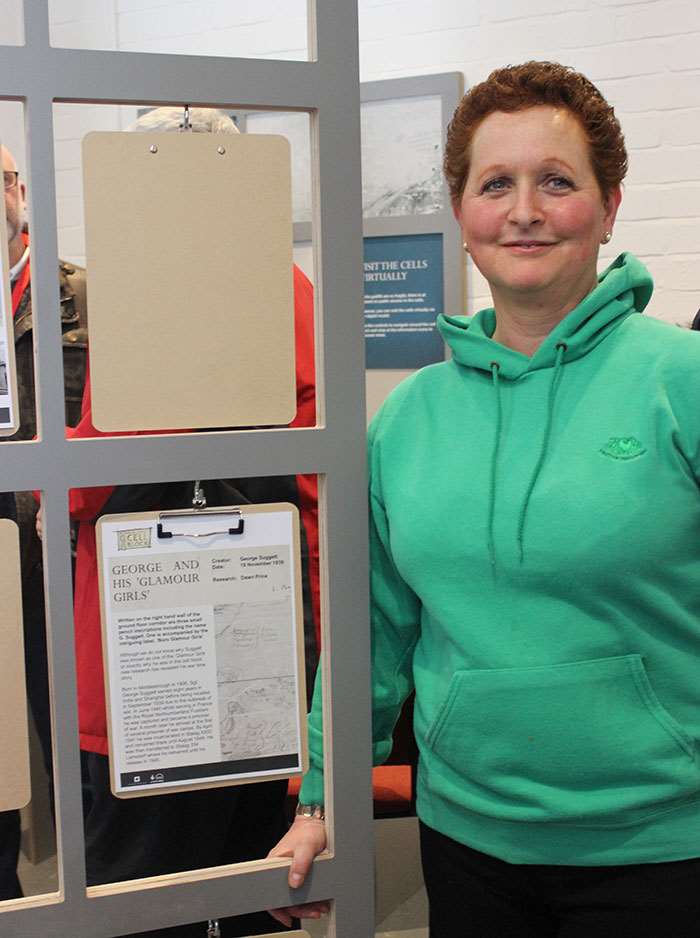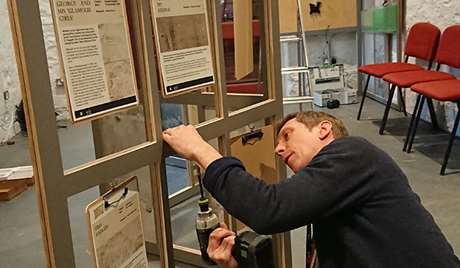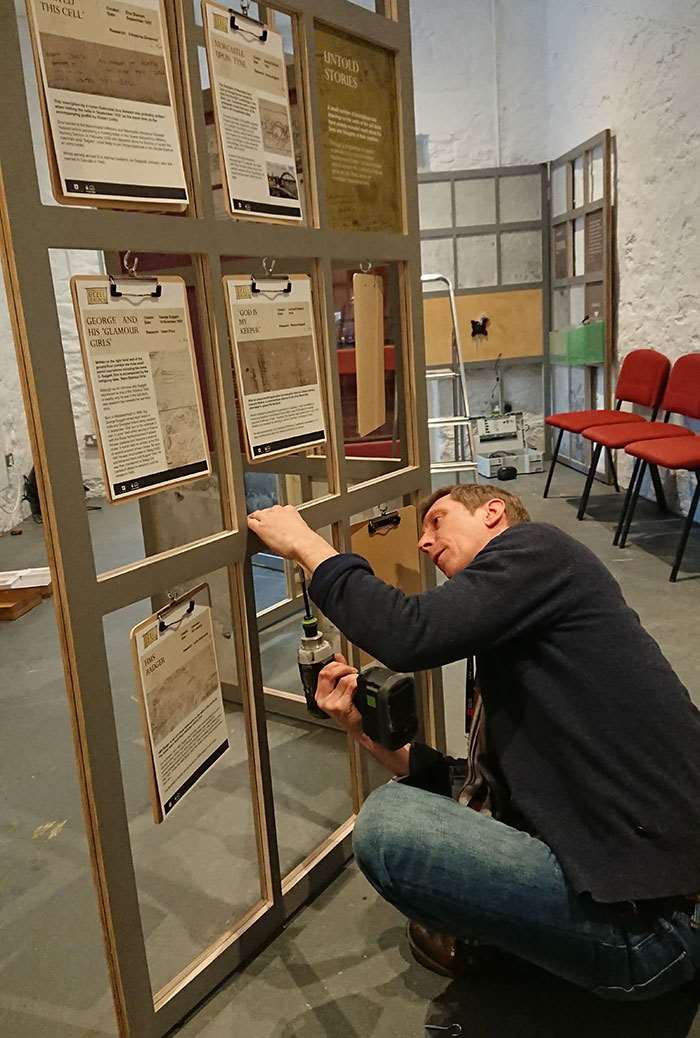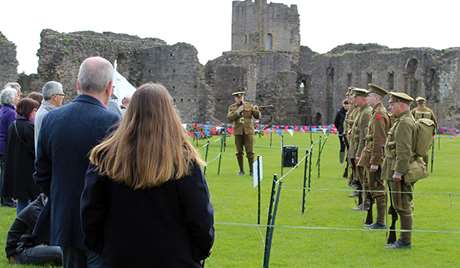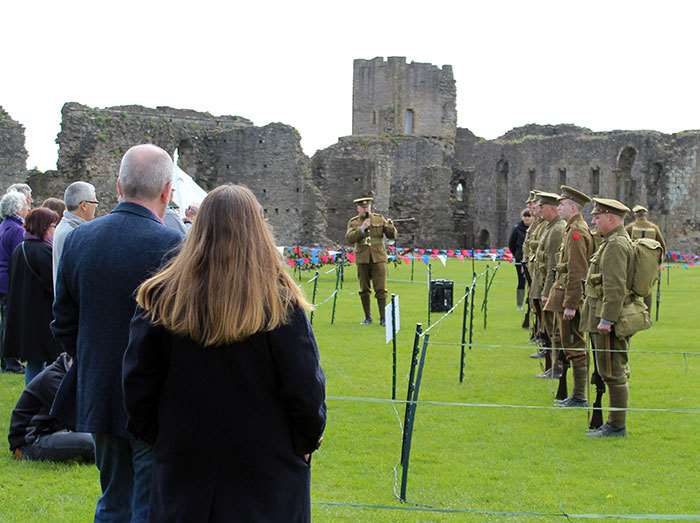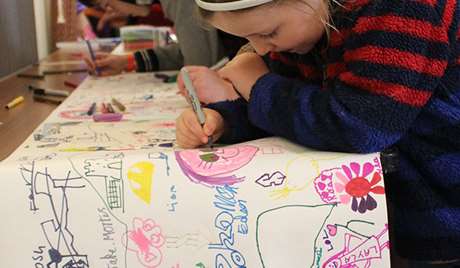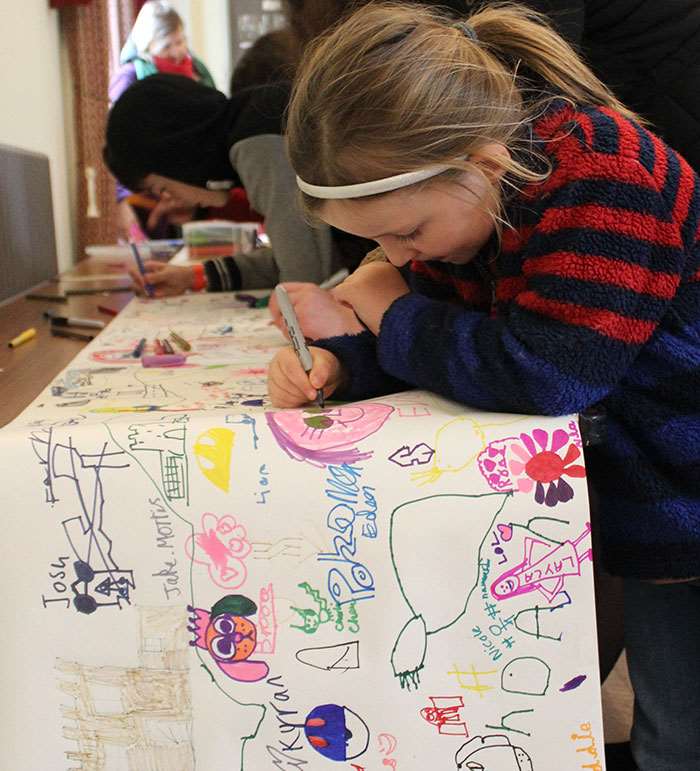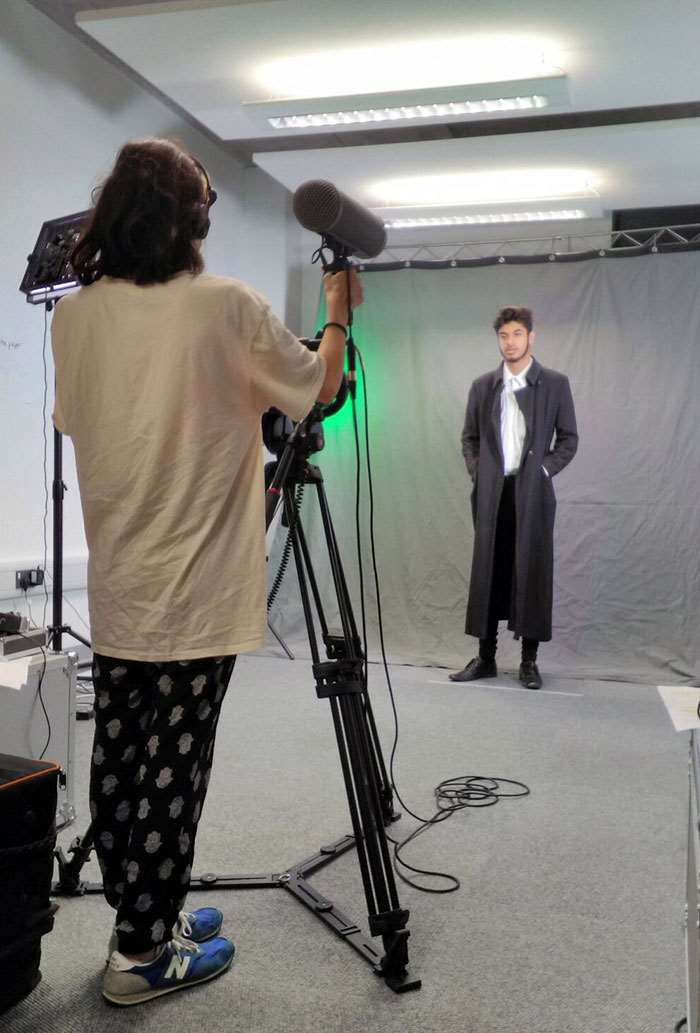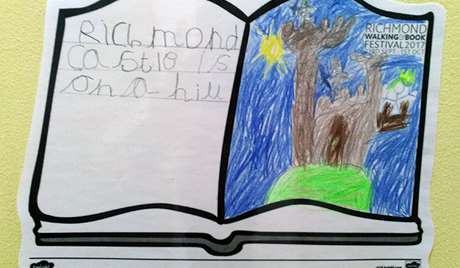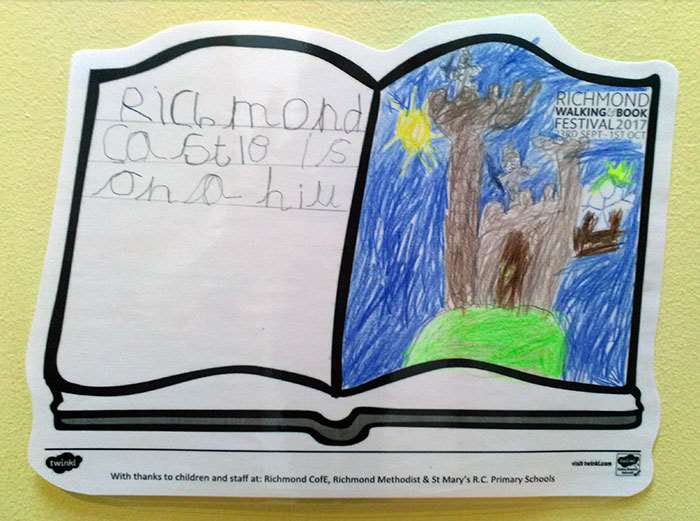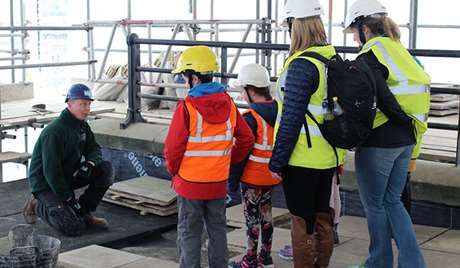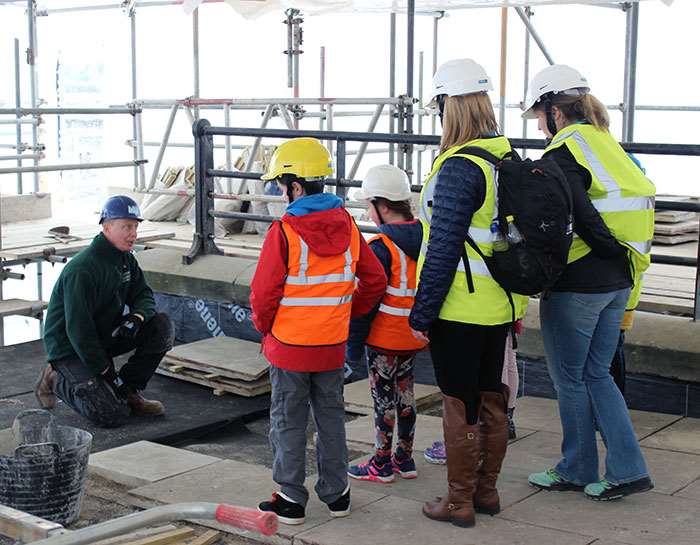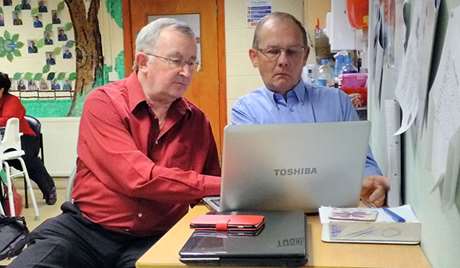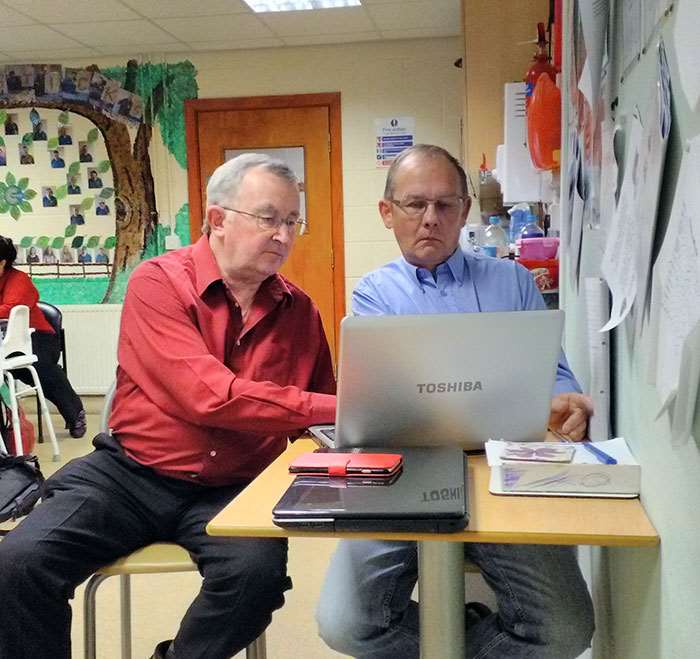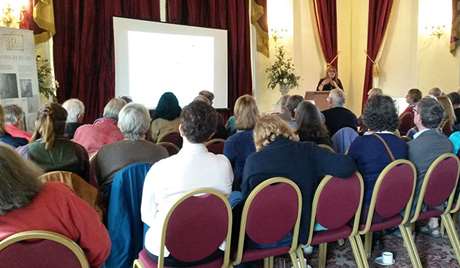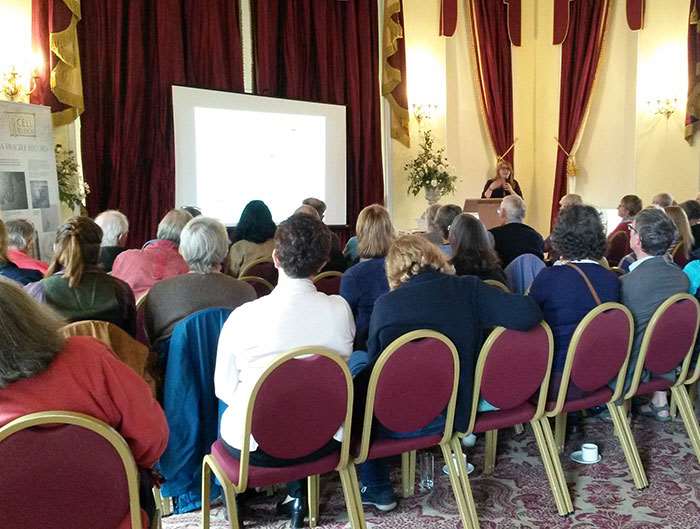The Project
Richmond Castle: Cell Block is a £550,000 investment to investigate, identify and resolve the risks facing the building and its graffiti. Supported by the National Lottery Heritage Fund, the project is working with local volunteers to research over 2,000 graffiti inscriptions to build a picture of who was in the building and why.
The project is developing educational resources for local schools and prompting discussion around historical themes linked to the building. Participants have helped to write interpretation for the English Heritage website, and helped to create a travelling exhibition based around the graffiti stories. Young people have engaged with conservation work and responded to the graffiti and its stories through music, film and performance art.
Conserving the Cell Block Graffiti
The thousands of graffiti written and drawn by prisoners and others from the First World War onwards on the walls of the cell block at Richmond Castle form a unique and remarkable record. But the graffiti are extremely fragile – they line the walls of a 19th-century building that wasn't designed to last.
This short video explains why it's so important to preserve the cell block and graffiti, and how we plan to protect them for the long term.
read more about our plans to conserve the graffitiResearching the Graffiti
Although we know something about a very small number of the graffiti, little is known about the cell block and graffiti record as a whole. Layers of limewash inscribed across the 19th and 20th centuries contain numerous untold stories.
New research on the cell block and graffiti it houses is exploring the range of sentiment expressed on the cell walls, uncovering the stories of those who left their mark, and identifying the changing use of the cell block over time.
English Heritage has recruited volunteers to help conduct in-depth archival and visual research. Volunteers are exploring and interrogating the meaning of individual inscriptions, most of which have never been investigated before, and are helping to create an archive of thematic, biographical and contextual studies to better understand this unique and remarkable building.
-
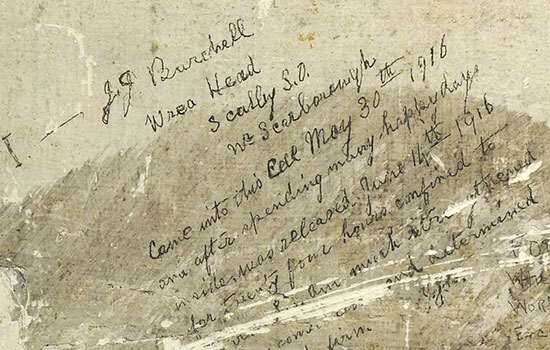
Uncovering hidden messages
We caught up with two of the project's research volunteers to talk about their experience and their recent findings.
-
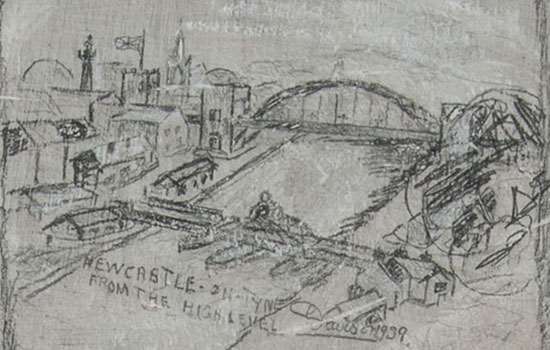
Graffiti Gallery
Explore in detail some of the inscriptions and drawings pencilled on the walls of the cell block and the stories behind them, including some of our latest research.
The Project in the Community
The Richmond Castle Cell Block project is working with volunteers and the local community to discover more about the cell block and graffiti, and to share this with as wide an audience as possible. Click on the pictures below to see what we have been up to.
